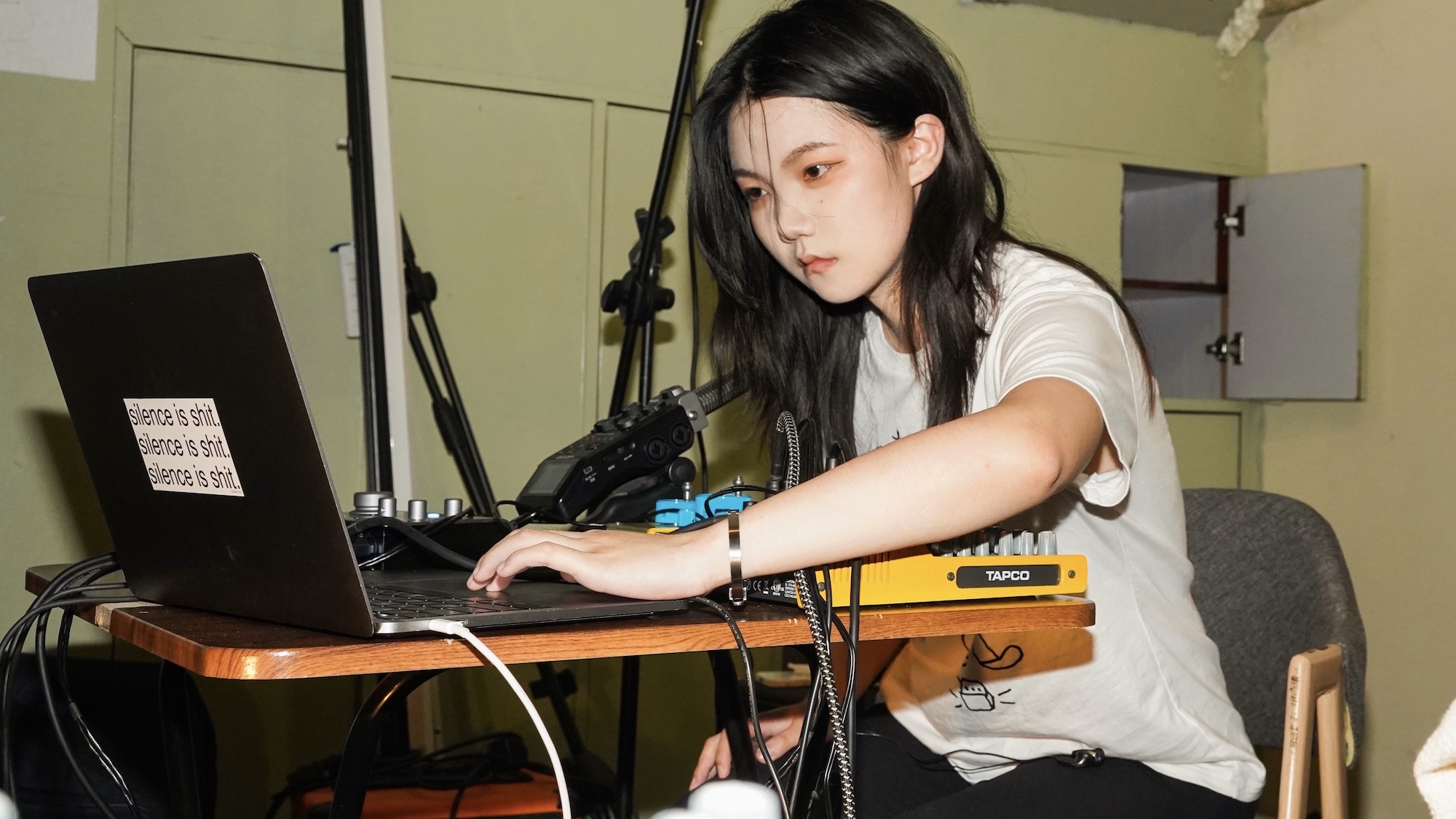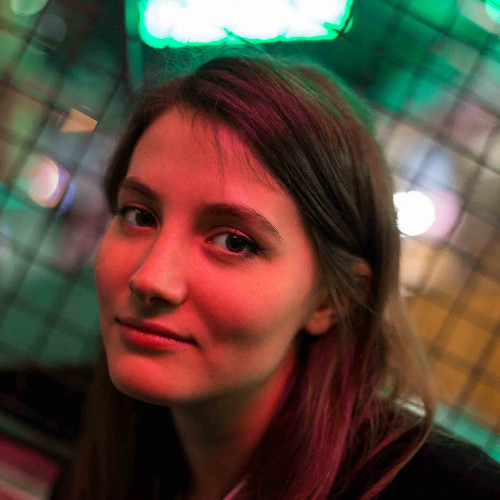The Timbre Tools Hackathon
Hacking to support timbre-centric digital musical instrument making
In this post, Jordie Shier and Charalampos Saitis from the Communication Acoustics Lab at the Centre for Digital Music, Queen Mary University of London, introduce the concept of Timbre Tools. They share an inside look at the hackathon held in early 2024 in London, UK, and online, which brought together creative coders and instrument makers to explore the intersection of timbre and digital instrument design.
Through tech-focused workshops and two days of creative hacking, participants leveraged tools like Bela to push the boundaries of sound-based, timbre-first design.
Timbre Tools for the Digital Instrument Maker
Timbre is a complex and often hard-to-define aspect of sound, described as the “auditory wastebasket” for all sound qualities beyond pitch and loudness. It holds a vast landscape of musical expression—texture, resonance, and metaphor—that Schoenberg famously called “the illusory stuff of our dreams.” Yet, timbre remains underrepresented in digital instrument making, where synthesis concepts from the analog era, such as signal generators, filters, or envelopes, still dominate.
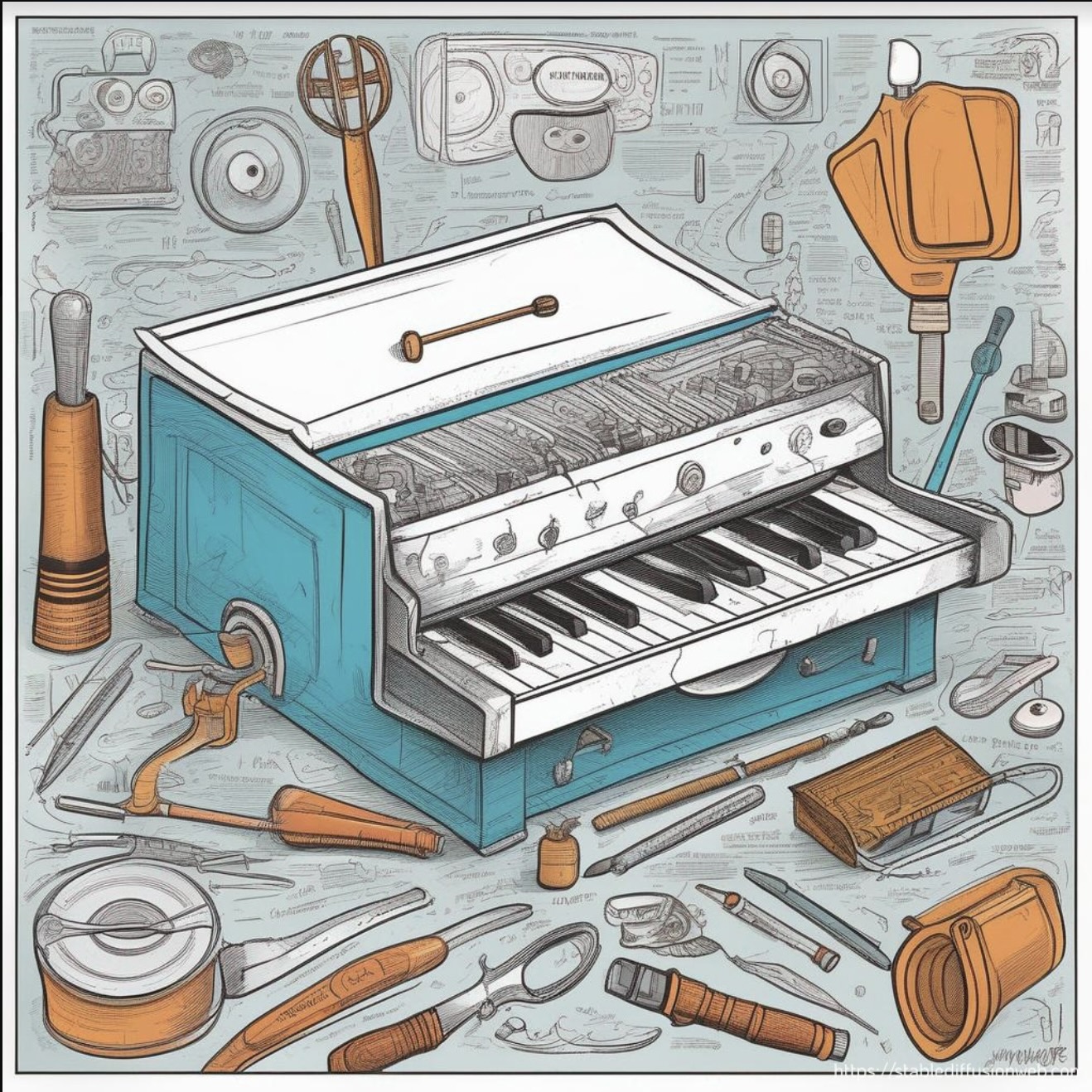
Image from Stable Diffusion prompted with Timbre Tools.
The Timbre Tools project aims to shift this perspective toward a timbre-first approach, by investigating timbre alongside sound technologies, their communities, and musical instrument craft.
We Can Do More Together!
Hackathons like Timbre Tools provide a unique space for collaboration. This event allowed developers, music technologists, and interaction designers to explore and prototype timbre-focused tools. Participants responded to a series of creative, open-ended prompts like “deep timbre” and “timbre for all”.
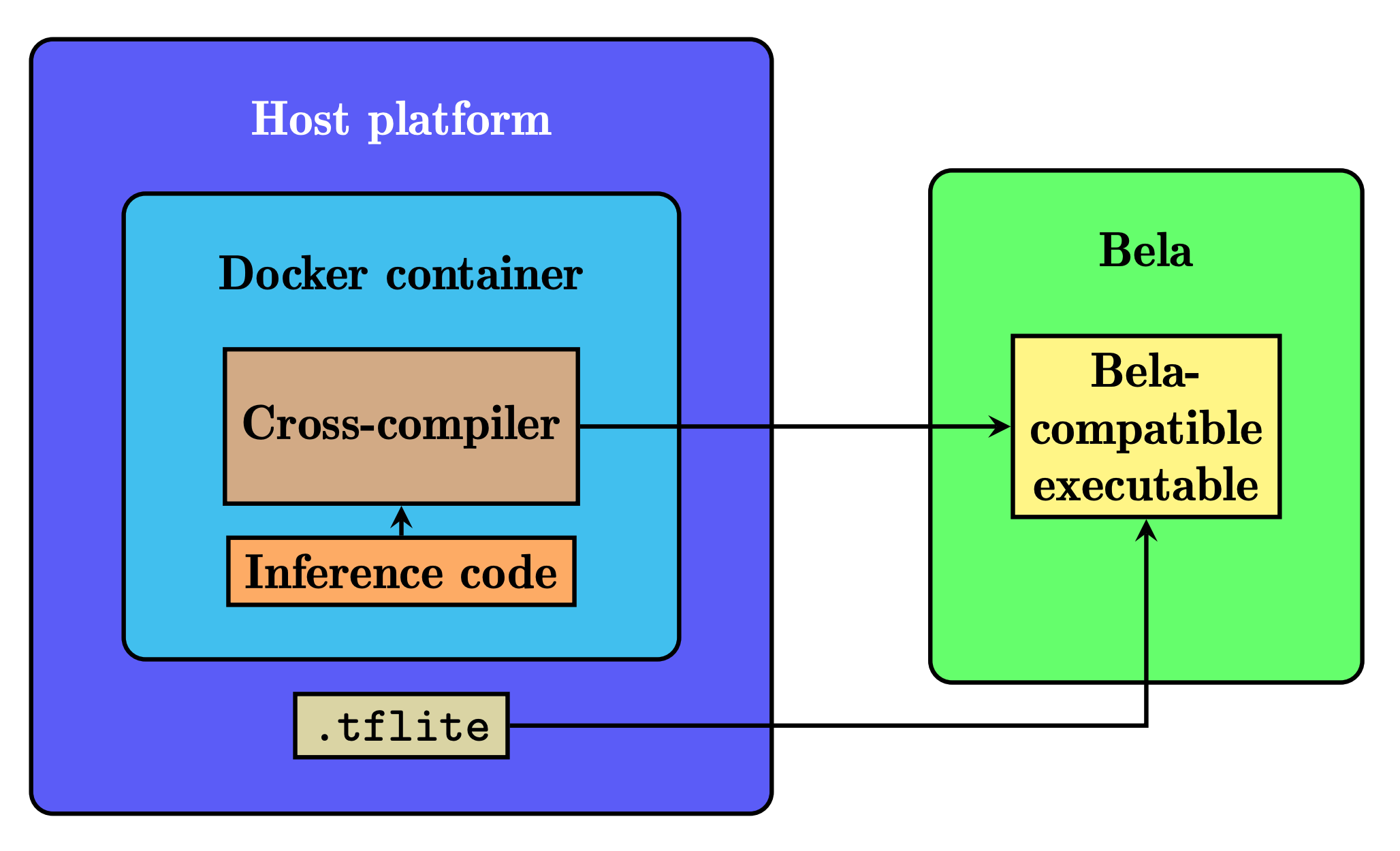
Cross-compilation for Bela as part of the machine learning toolkit developed by Teresa Pelinski, Rodrigo Diaz and Bela.
A series of pre-hackathon workshops introduced tools like Bela and its machine learning capabilities with PyBela, setting the stage for experimentation and ideation.
The Timbre Tools Hackathon in Action
The hacking officially kicked off on Friday evening, with eleven teams forming around the creative prompts. Some teams focused on timbre visualizations, others on creating innovative sonic interactions.
Popular Prompt: “To Infinity and Beyond – explore, navigate, generate, timbre space”
This prompt inspired several teams to work on projects around timbre exploration and visualization.


Visualising changing timbre in music and sounds was explored by a few teams. Left: Timbre Garden used artificial life simulation as a tool to explore timbre; Right: Team #F1AEA2 visualised evolving timbral features from a neural audio synthesiser in real time.
On day two of the hackathon, hack projects were well underway. A walk together in the sun helped keep the creative juices flowing! Coffee also helped. Teams worked hard up until the submission deadline at 5pm on Sunday. Following this all teams had an opportunity to present their projects and awards were selected by a panel of judges from academia and industry.
Project Spotlight
Here’s a look at some of the standout projects from the hackathon:
Team SPIS-Girls - Best Responsible Hack Award
The SPIS-Girls created a timbre manipulation tool based on live video feed analysis, aligning with prompts around accessibility and social interaction.
- GitHub: View project
Team Chips are Awesome - Best Creative Hack Award
Their mobile app lets users explore timbre on the go by convolving music with any ambient sound captured on their device.
- GitHub: View project
Team Vroom - Best Presentation / Demo Award
Vroom created a GPT-3.5 agent integrated with Ableton Live, allowing users to control parameters with natural language commands.
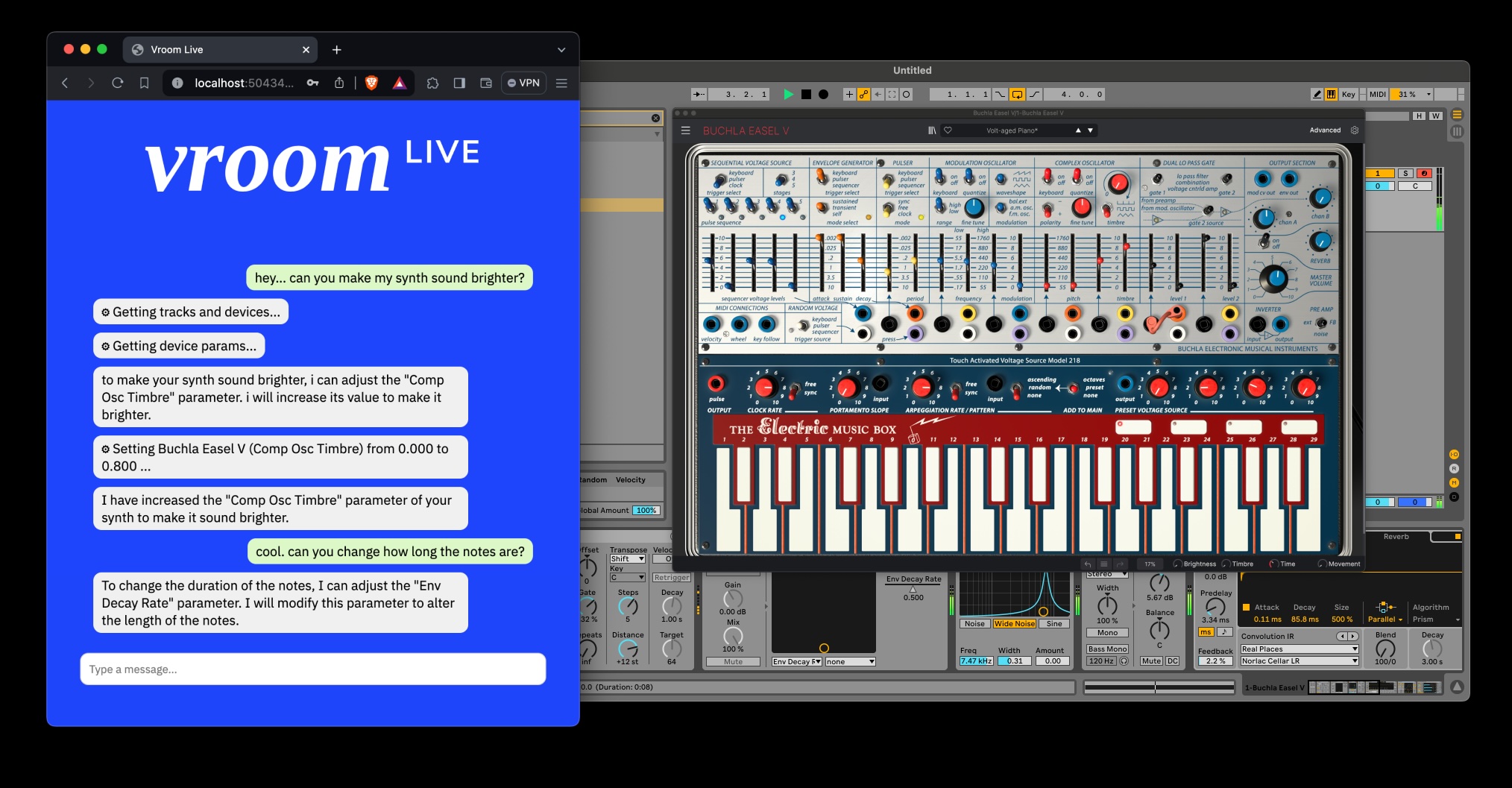
- GitHub: View project
The Sound of One Hand CLAPping - Best Research Direction Award
Exploring the parameter space of VST synths using text prompts and a deep audio model, their project aimed at deep timbre exploration.
- GitHub: View project
The Timbre Tools Hackathon was organised in partnership with The Audio Programmer and was supported by Bela, Cycling 74, JUCE, the Audio Developer Conference, and the UKRI Centre for Doctoral Training in Artificial Intelligence and Music at Queen Mary University of London.
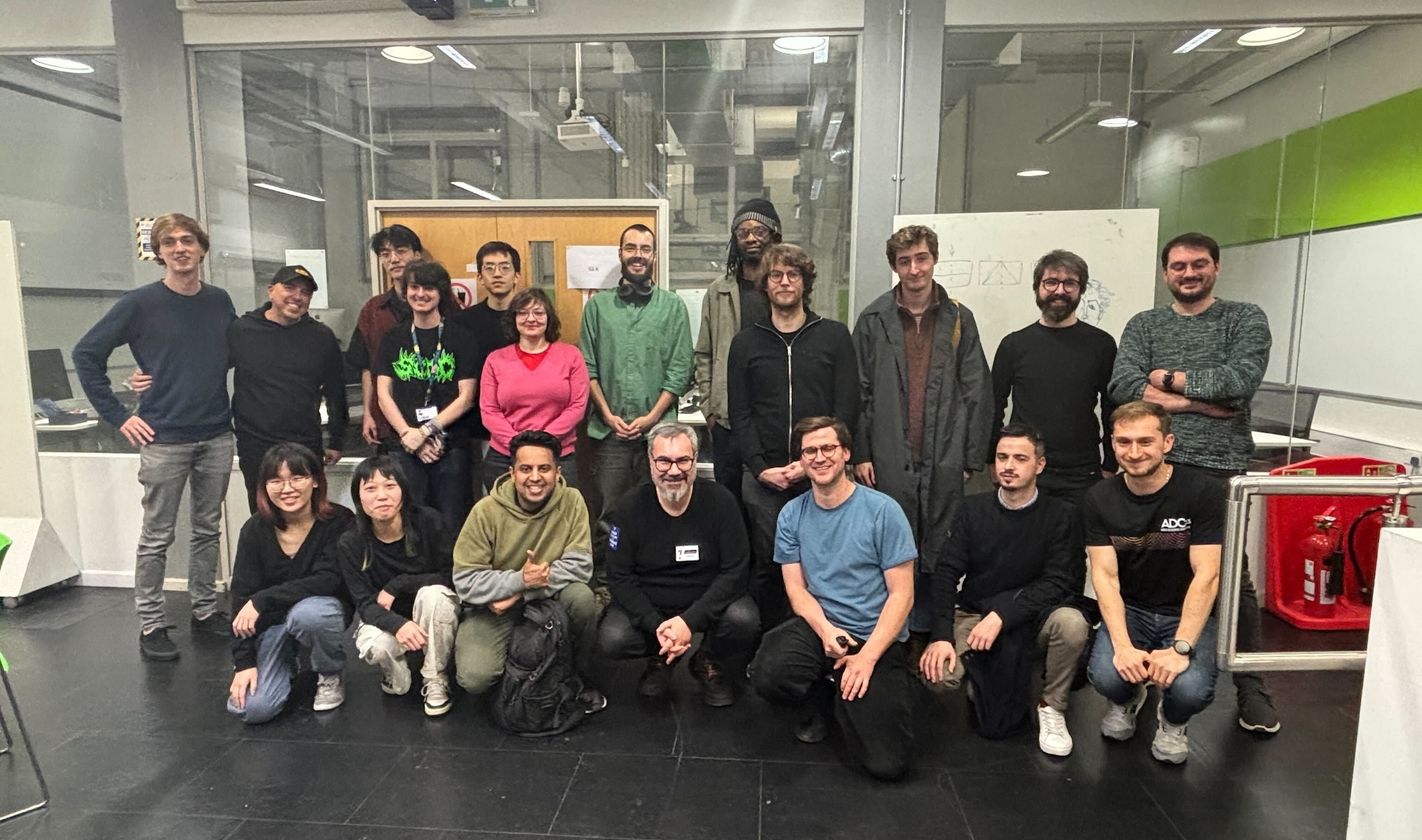
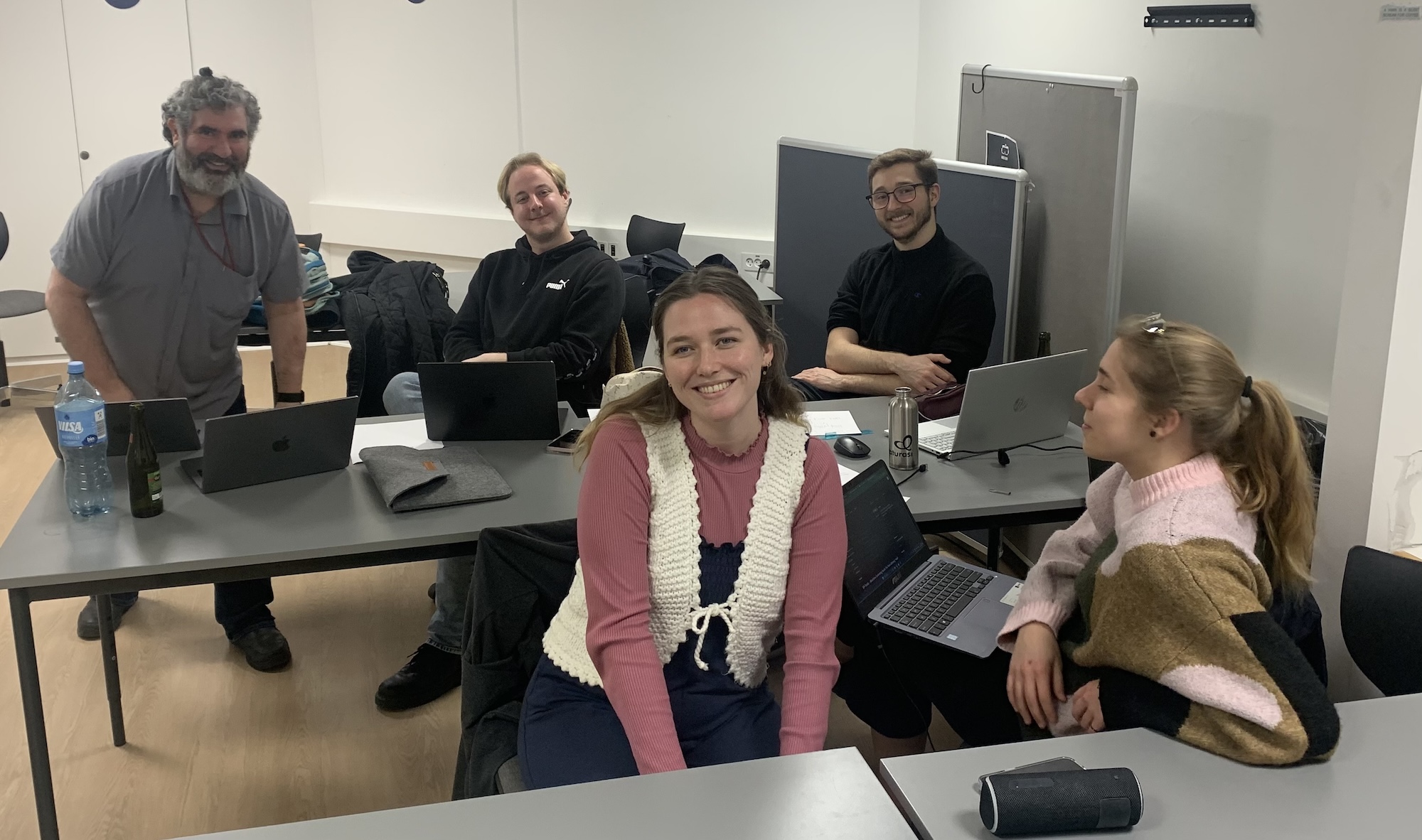
All attendees.
Be sure to check out all the hackathon submissions on the Timbre Tools Hackathon website, and stay tuned for the next event in 2025!


